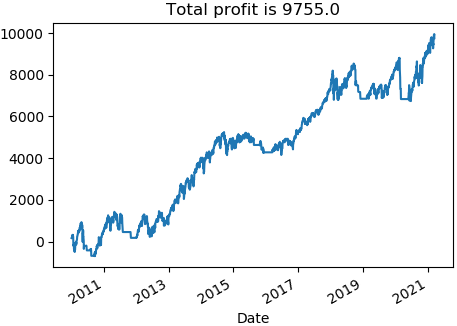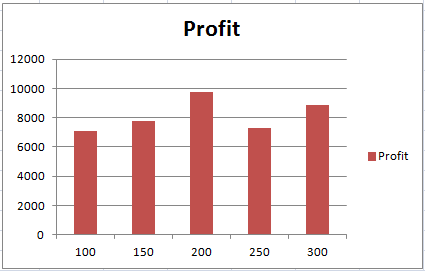Trading using market sentiment indicators is an approach that analyzes the market sentiment data to make trading and investing decisions. Due to the increasing popularity of social networks, social media data in general and Twitter data in particular have been used growingly in the construction of sentiment indicators.
Sentiment analysis can use natural language processing, artificial intelligence, text analysis and computational linguistics to identify the attitude of a writer with respect to a topic. It’s an important cornerstone of behavioral finance, where theorists believe that markets are irrational and that asset prices are driven by human emotion (e.g., fear, greed, hope and overconfidence, among others). With the growth in global conversation on social media - Twitter in particular - where a vast amount of real-time market conversation occurs on a daily basis, academics and practitioners have been studying and measuring the global conversation to understand if it can meaningfully impact markets. Most concur that Twitter sentiment is correlated to asset price moves, but the debate has been about the predictive nature of Tweets on price. Well, the results are in and the early movers in this space are seeing success. Read more
A recent paper [1] analyzes president Trump's Twitter data and how it impacts the financial markets. Their findings are as follow,
We start our analysis by evaluation of the impact of Mr. Trump’s tweets in general, irrespective of the actual content of the tweet. We find that the US stock market tends to decline the first 30 minutes following his publishing of a tweet and that trading volume and volatility are significantly higher after Trump has tweeted.
Next, we classify tweets depending on whether they contain a specific word. We find that tweets containing the words “products” and “tariff” have a negative impact on the stock market, i.e. these tweets are followed by decline in the market, increased trading volume and increased uncertainty (level of VIX futures).
Finally, we use Latent Dirichlet Allocation as a topic extraction technique, which assigns each tweet a degree of affiliation to a set of topics without any human input or interpretation. We analyze the short-term impact of each topic on financial markets. We find that tweets affiliated with the topics “Trade war” and “Border Security” are followed by negative returns on the S&P 500 index, increased volatility and increased trading volume. Furthermore, we find a significant decrease in the Hang Seng index, and a significant increase in the gold price after these tweets were published. This is consistent with previous results, as tweets which imply possible restrictions in international trade are often negative news for affected countries, whereas gold is safe haven and often appreciates in uncertain periods.
Based on their findings, the authors developed a simple trading strategy and it was shown to outperform Buy and Hold.
References
[1] P. Gjerstad, P.F. Meyn, P. Molnár, and T.D. Næss, Do President Trump’s tweets affect financial markets?, Decision Support Systems, April 2021, 113577
Article Source Here: Trading Using Twitter Data, a Strategy Based on President Trump’s Twits


